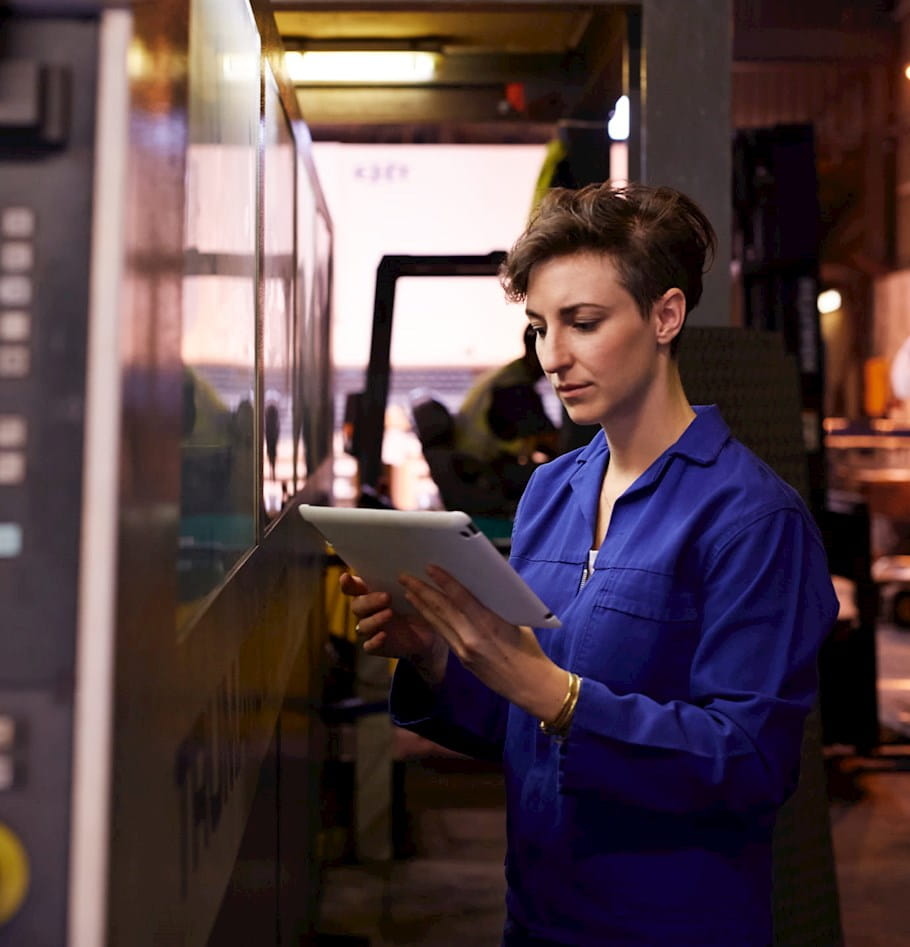
Feb. 26, 2018 | InBrief
The digital, flexible future of retail's workforce
The digital, flexible future of retail's workforce
Recently, I had the opportunity to attend the National Retail Federation’s (NRF) “Big Show” for the first time. As someone who has worked extensively in retail over the past 10 years, this was a great chance to see emerging industry trends and cutting-edge technology all in one place. I was particularly excited to experience all the buzz around what the next generation of retail employees and operations would look like first-hand.
Retail is undergoing an incredible digital transformation and it’s beginning to impact the way we think about this workforce. Based on what we saw at the conference, and our experience as workforce optimization consultants, here are a few of the major shifts we expect to see in the coming years.
Digitization for Differentiation
Today, in many retail stores, employee time is often dominated by tasks that either the customer doesn’t see or causes friction in their experience. Since these activities don’t differentiate the customer experience and add cost to the operation, retailers will have to continue to look for ways to streamline, automate, or eliminate these activities. As technology progresses, many of these activities will take a fraction of the time they take today. Take the new Amazon Go store in Seattle, for example, where the entire checkout operation has been automated.
new automation technology, we’re not seeing the end of the retail employee. One thing we heard clearly at NRF is that for brick and mortar retail shops, people are a major differentiator to their e-commerce competition. The value that in-store employees provide is especially impactful on driving customer experience by helping to guide buying decisions, providing product expertise, and delivering a truly enjoyable in-store experience. As more tasks are automated, we can expect employees’ time to be freed up to provide more focused service to their customers.
Flexible Operations That Benefit Employers and Employees
The typical day in the life of a retail employee tends to involve an established routine of responsibilities that they work on over a set range of hours with factors like when and how they work being dictated by their manager. This rigid approach has led to operations that have trouble adapting to changing needs, and frustrated employees who may feel taken for granted.
Fortunately, this rigid mindset is quickly changing. Retailers are understanding the need and benefits of a more flexible workforce and technology companies are enabling this shift to happen. Retailers want a workforce that can adapt across their entire operation (not just to a single department in a store) and be nimble enough to meet changing business needs. Technological barriers have made this approach challenging in the past, however, new scheduling and workforce management solutions are eliminating these issues. And while these changes are good for employers, employees get just as many benefits. This new approach enables employees to have more control on the total hours worked, when they work, and what they do. In the future, this might look like the ability to work in multiple stores, drop off ecommerce deliveries on the way home, and seamlessly adjust shifts around child care schedules.
Increased Agility Using New Data and Insights
The changes to retail operations don’t stop at increased flexibility. Retailers are looking to move faster on implementing changes into their operation, and they are basing these decisions on new data sources and analytics. At a high level, corporate offices will be looking to implement initiatives, promotions, and operational changes at a faster pace to maintain their competitiveness. This means in-store employees will need to remain adaptable. They should expect to see their day-to-day routine evolving to meet new business needs.
We are also seeing that this added operational agility will not only be driven from the top, but also by local, in-store leadership. With new data and analytics at their fingertips, store managers will be enabled to synthesize, prioritize, and act quicker to improve operations. While managers have traditionally needed to rely on sales figures and what they see as they walk the floor, they will now be able to use real time analytics for better insight into operations, customers, and trends.
Overall, these changes will lead to a more engaged workforce While the retail workforce of the future will look a lot different than it does today, the feeling we got from NRF is that this is going to be a positive change for those who can adapt. Retail employees want to spend more time on customer-facing activities, do work that impacts the operation, and have the flexibility to achieve a work/life balance. We expect that companies that make these transformational changes will create a more engaged and satisfied workforce. And, what’s more, these same changes could have a positive impact on the retailer’s bottom line.



